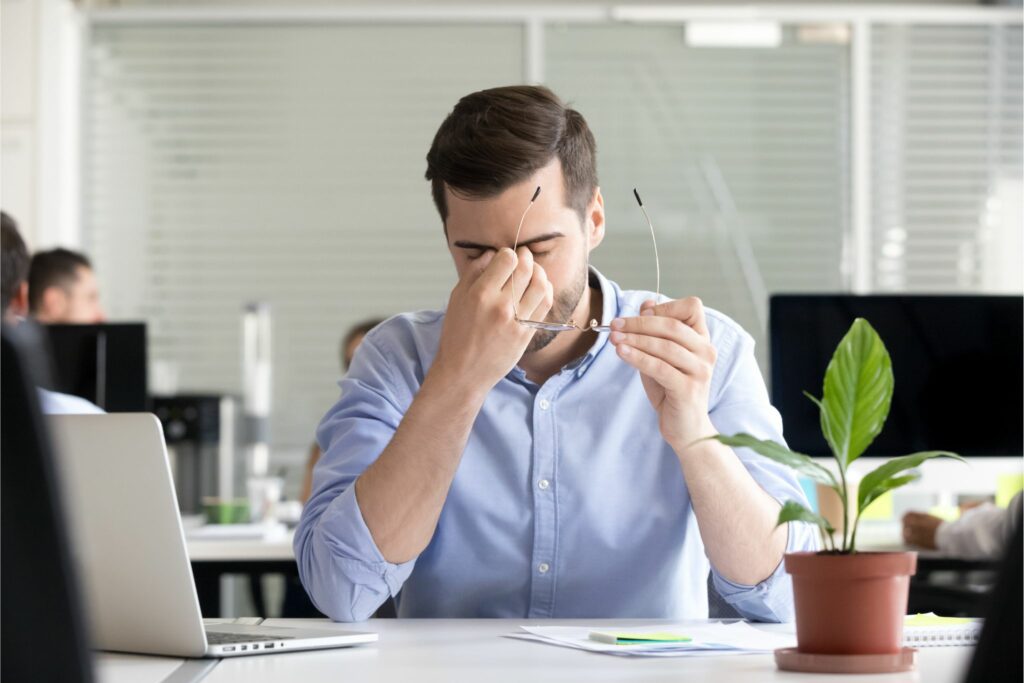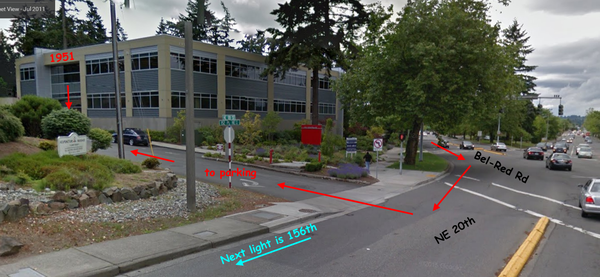By Mary Baker, O.D., Overlake Family Vision | Bellevue, WA
As an optometrist at Overlake Family Vision, I’m frequently asked about dry eye syndrome— its causes, symptoms, effects on vision, and, most importantly, the best treatments. If you’ve been experiencing irritated, blurry, or fatigued eyes, this guide is for you. Let’s explore what dry eye disease really is—and the advanced treatments I use in my practice to help restore your eye comfort and visual clarity.
What Is Dry Eye?
Dry eye disease occurs when your eyes either don’t produce enough tears or the tears evaporate too quickly due to poor tear quality. Healthy tears require a balance of oil, water, and mucus. A common underlying cause is meibomian gland dysfunction (MGD)—when oil glands along your eyelids become blocked or underperform, resulting in an unstable tear film.
Common Dry Eye Symptoms
Dry eye affects each person differently, but you may notice:
• Burning, stinging, or gritty sensations
• Red or irritated eyes
• Fluctuating or blurry vision
• Eye fatigue, especially after screen time
• Excessive tearing (paradoxical response to dryness)
• Stringy discharge or mucus buildup
If you’re experiencing these symptoms—especially if they worsen in the evening or after digital device use—it’s time to take action.
What Causes Dry Eye?
Dry eye is multifactorial. Some of the most common causes include:
• Aging and hormonal changes, especially post-menopause
• Meibomian gland dysfunction (MGD)
• Medications such as antihistamines, decongestants, or antidepressants
• Long-term contact lens wear
• Environmental triggers like wind, dry air, or smoke
• Autoimmune diseases like Sjögren’s syndrome
Can Dry Eye Cause Blurry Vision?
Yes, dry eye is a leading cause of intermittent blurred vision. When the tear film is unstable or patchy, it fails to properly coat the surface of the eye. The result? Vision that shifts or blurs, particularly during activities like reading, driving, or prolonged screen use.
Where Is Dry Eye Pain Felt?
Dry eye pain is typically felt on the surface of the eye, particularly in the front area known as the cornea. This discomfort can feel like a burning, stinging, or gritty sensation, and is often accompanied by pressure around the eyelids or behind the eyes. The pain may be more noticeable:
• After long periods of reading or computer use
• In dry, windy environments
• First thing in the morning or late in the day
• When blinking less frequently (such as during screen time)
Some patients even describe it as a sore, irritated feeling in and around the eye area that worsens with visual tasks.
Will Dry Eye Go Away?
Dry eye is typically a chronic condition, but that doesn’t mean you have to suffer. With early diagnosis and personalized treatment, many of my patients experience long-term relief and restored visual clarity. The key is staying consistent and proactive.
Simple At-Home Strategies to Support Eye Comfort
Along with in-office care, these daily habits can make a big difference:
Blinking Exercises & Screen Breaks
Conscious blinking and following the 20-20-20 rule (look 20 feet away every 20 minutes for 20 seconds) help reduce strain.
Warm Compresses & Eyelid Hygiene
Use warm compresses and gentle eyelid scrubs like OCuSOFT to improve meibomian gland function.
Artificial Tears
Over-the-counter lubricating drops can provide quick relief, but aren’t a substitute for deeper treatments when MGD is involved.
Prescription & In-Office Treatments for Dry Eye Relief
At Overlake Family Vision, we offer a range of targeted treatments to relieve dry eye symptoms and address the root causes of discomfort. Here’s how we help our patients find lasting relief:
1. Prescription Eye Drops
Here are a few prescription eye drops that are commonly utilized and I frequently recommend to my patients:
• MIEBO®
A new-generation dry eye drop containing perfluorohexyloctane, MIEBO forms a protective barrier on the eye’s surface to reduce evaporation.
Ideal for: Patients with evaporative dry eye and MGD
Learn more at miebo.com »
• Restasis®
This cyclosporine emulsion reduces inflammation and encourages your eyes to produce more natural tears. Results build over 3–6 months but offer significant long-term benefits. Learn more at restasis.com »
2. Punctal Plugs: Tear Retention Support
Punctal plugs are tiny, biocompatible inserts placed into the tear drainage ducts (puncta) to help retain moisture on the eye’s surface.
• Quick, comfortable, and performed in-office
• Available in both temporary and long-lasting options
• Helps reduce reliance on artificial tears
By keeping more of your natural tears on the eye longer, punctal plugs can significantly improve comfort and hydration—especially when used alongside other therapies.
3. TempSure® Envi/Radiofrequency for Dry Eye & Skin Rejuvenation
At Overlake Family Vision, we offer TempSure Envi—a revolutionary, non-invasive radiofrequency (RF) treatment for dry eye. This technology delivers controlled warmth to the eyelid area, which:
• Unclogs and activates oil glands
• Improves tear film quality
• Stimulates collagen and tissue regeneration
• ADDED BONUS: Reduces fine lines and wrinkles!
Most patients describe it as a relaxing, warm massage. Sessions are quick, comfortable, and require no downtime.
Insight from My Practice: Many of my patients who couldn’t wear contact lenses due to dry eye have comfortably resumed lens wear after a few TempSure Envi treatments.
Ready to Feel and See Better?
Let’s work together to restore your eye comfort and protect your vision long-term. Schedule a dry eye consultation today at Overlake Family Vision in Bellevue, WA —and take the first step toward clearer, more comfortable eyes.













